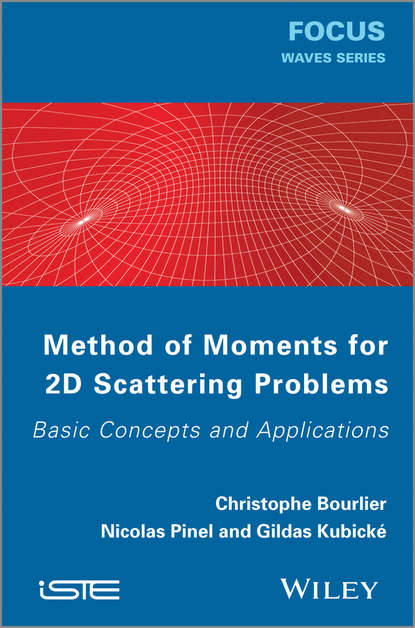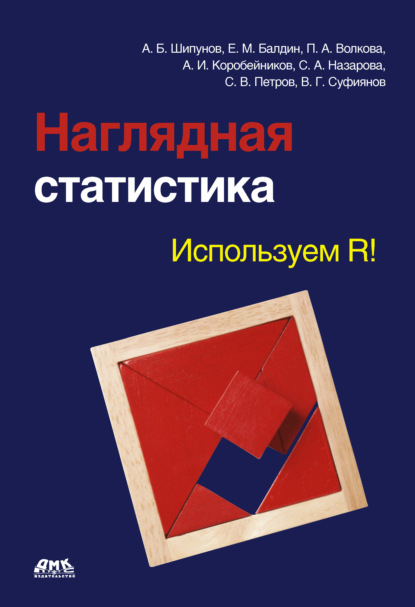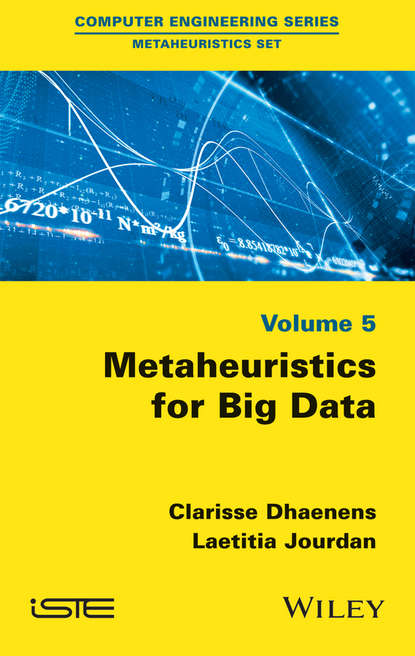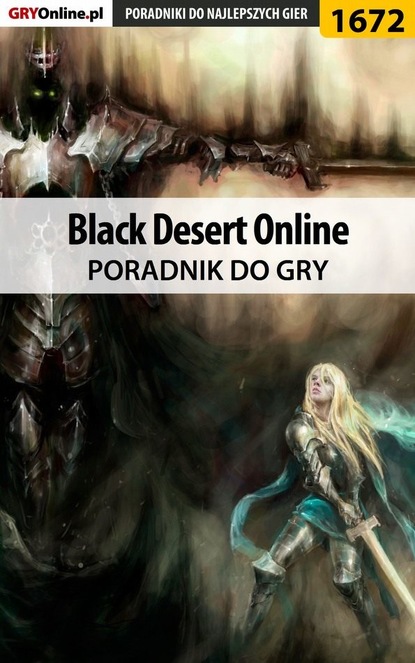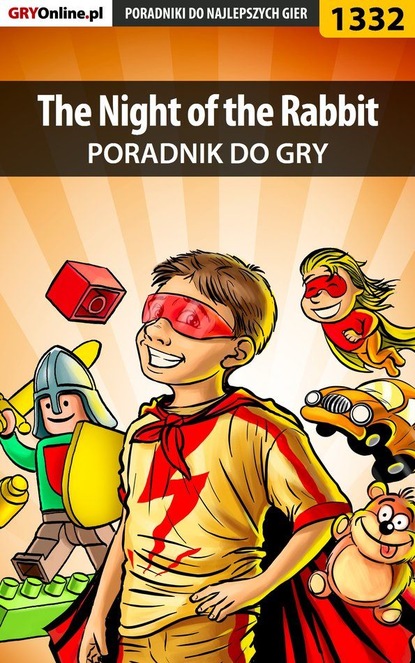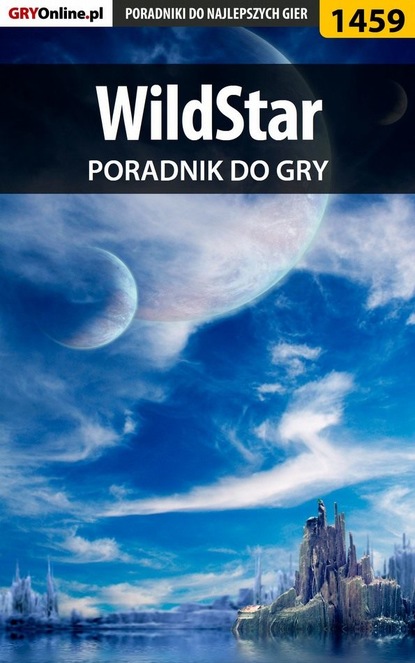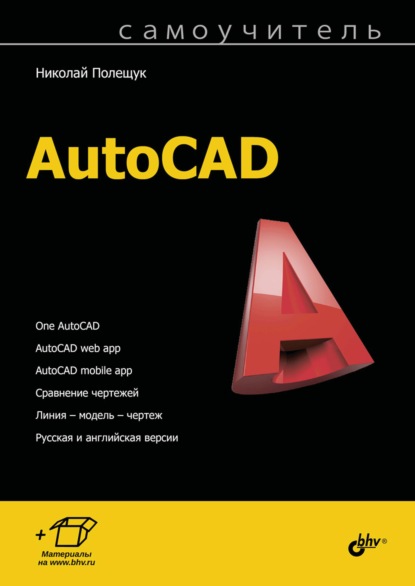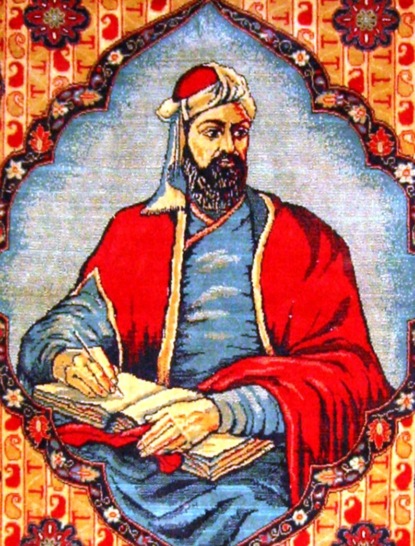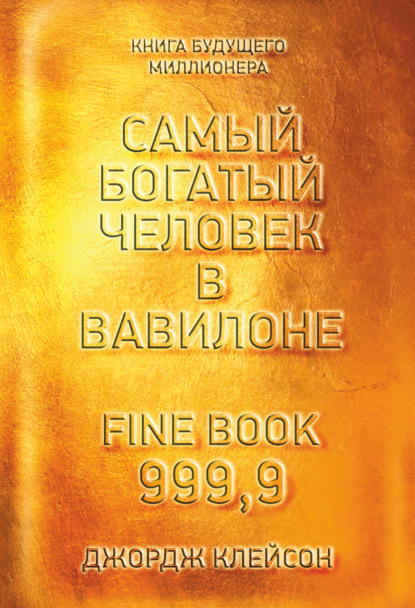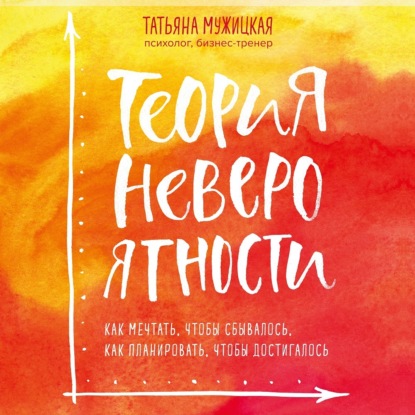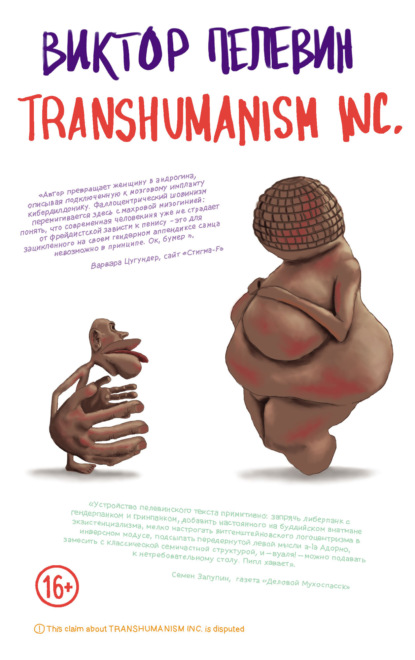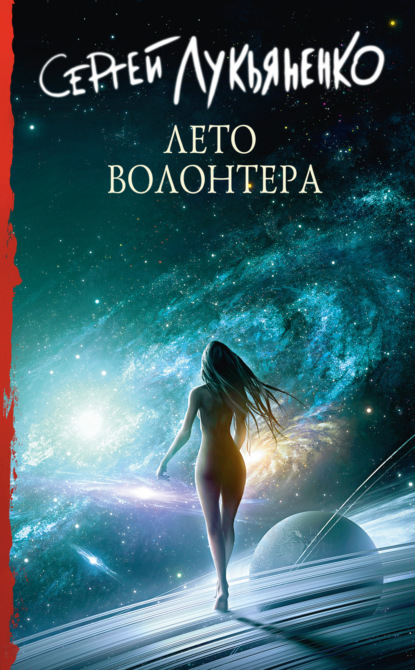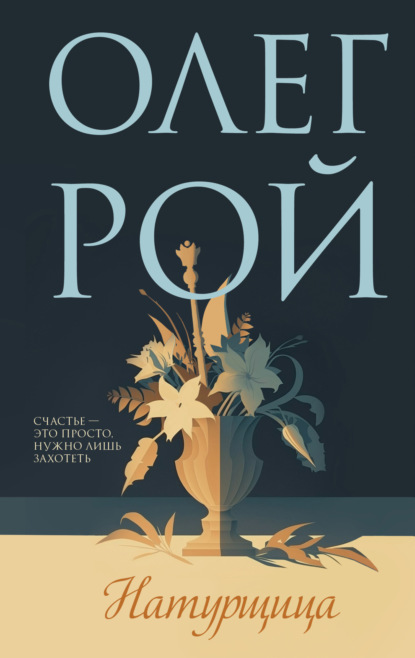Книга "Method of Moments for 2D Scattering Problems" посвящена применению метода моментов (MoM) для расчета поля, рассеянного объектами, такими как канонические объекты (цилиндр или пластина) или случайно шероховатые поверхности, а также объектов над или под шероховатой поверхностью в присутствии рассеивателей. Такие задачи являются активной, междисциплинарной областью исследований с многочисленными практическими применениями в областях, таких как оптика, акустика, геология и дистанционное зондирование. В книге рассматривается 2D-задача, поэтому интегральные уравнения (ИУ) являются скалярными, и рассматриваются только TE (поперечно-электрический) и TM (поперечно-магнитный) поляризации (кросс-поляризации не возникает).
В первой главе книги применяется метод моментов для преобразования ИУ в линейную систему, а во второй главе приводится сравнение MoM с точным решением для поля, рассеянного цилиндром в свободном пространстве и с физической оптикой для рассеяния от пластины в свободном пространстве. В главе 3 представлены численные результаты, полученные с помощью MoM, для когерентных и не когерентных интенсивностей, рассеянных случайно шероховатой поверхностью и объектом под случайно шероховатой поверхностью. В последней главе приводятся те же результаты, что и в главе 3, но для объекта над случайно шероховатой поверхностью. В этих двух последних главах также подробно изучается взаимодействие между двумя рассеивателями путем инвертирования матрицы импеданса по блокам.
Книга содержит также приложение с Matlab-кодами. Авторы книги - Кристоф Бурлье работает в лаборатории IETR (Институт электроники и телекоммуникаций Ренна) в Политехническом университете Нанта (Франция) и является исследователем во Французском национальном центре научных исследований (CNRS) по рассеянию электромагнитных волн от шероховатых поверхностей и объектов для приложений дистанционного зондирования и радиолокационной подписи. Николя Пинель в настоящее время работает исследовательским инженером в лаборатории IETR в Политехническом университете Нанта и собирается присоединиться к Alyotech Technologies в Ренне (Франция). Его научные интересы связаны с радиолокационным и оптическим дистанционным зондированием, рассеянием и распространением волн. Гильдас Кубике отвечен в лаборатории "Экспертиза в электромагнетизме и вычислениях" (EMC) в DGA (Дирекция генерального штаба), министерстве обороны Франции, где работает в области радиолокационной подписи и электромагнитного рассеяния. Его научные интересы включают моделирование радиолокационной подписи и рассеяние электромагнитных волн.
Electromagnetic wave scattering problems from rough interfaces or objects are tackled by considering the Fourier transform of time-harmonic vector fields to the frequency domain. This method provides a decomposition of the scattered field into incident components or radiating modes together with additional unknown contributions arising from the unknown charge distributions or sources associated with the interfaces and objects. The objective of this book is to present the application of the method of moments (MoM), which lies at the heart of rigorous electromagnetic field synthesis / solution process in many areas, e.g., electromagnetics, optics, radar, etc. Specifically, the aim of this freely available publication is to introduce the theory and method to predict electromagnetic fields and their energy behaviour resulting from incident waves impinging on isolated 2D scatterers, as well as on random irregularly shaped interfaces. Readers can expect to examine concepts such as the kernel functions, residue calculus, characteristics impedance, structure factor, gramian matrix solutions, rigorous analytical benchmarks, possible misconfigurations and handwaving explanation of physical properties such as equidistant property in decoding illumination differences within the corrugation structure, Tekeram vs lift off and symmetry prefidence distributions. It is covered in a unifying manner with emphasis on how random structures can significantly be tuned to emerge cancelling out the inevitable corrugations effects and resonance when engineering flat surfaces. Complemented with illustrative simulations using MATLAB code in excruciating detail. Each section of discussion is accompanied by some recent pertinent literature references for further reading purposes. Worth purchasing not only for graduate universities but academics from other EMI branches or research institutes willing to expand their toolbox to realise potential experimental ground truth data and validation. Among the material presented includes the basic principles of the MoM for prediction of electric fields, derivation of a single-scattering operator as a function of eigenvalues and eigenfunctions, formal solution for multi-scattered fields, Strouhal analysis for propagation due to excitation of resonant modes facilitated by 2D enclosures. Appendices contain all required modelling depth user-friendly MATLAB codes. Authors Mr Cristophe Bourlier and/or Mr Nicolas Pinel.
Электронная Книга «Method of Moments for 2D Scattering Problems» написана автором Gildas Kubické в году.
Минимальный возраст читателя: 0
Язык: Английский
ISBN: 9781118648698
Описание книги от Gildas Kubické
Electromagnetic wave scattering from randomly rough surfaces in the presence of scatterers is an active, interdisciplinary area of research with myriad practical applications in fields such as optics, acoustics, geoscience and remote sensing. In this book, the Method of Moments (MoM) is applied to compute the field scattered by scatterers such as canonical objects (cylinder or plate) or a randomly rough surface, and also by an object above or below a random rough surface. Since the problem is considered to be 2D, the integral equations (IEs) are scalar and only the TE (transverse electric) and TM (transverse magnetic) polarizations are addressed (no cross-polarizations occur). In Chapter 1, the MoM is applied to convert the IEs into a linear system, while Chapter 2 compares the MoM with the exact solution of the field scattered by a cylinder in free space, and with the Physical Optics (PO) approximation for the scattering from a plate in free space. Chapter 3 presents numerical results, obtained from the MoM, of the coherent and incoherent intensities scattered by a random rough surface and an object below a random rough surface. The final chapter presents the same results as in Chapter 3, but for an object above a random rough surface. In these last two chapters, the coupling between the two scatterers is also studied in detail by inverting the impedance matrix by blocks. Contents 1. Integral Equations for a Single Scatterer: Method of Moments and Rough Surfaces. 2. Validation of the Method of Moments for a Single Scatterer. 3. Scattering from Two Illuminated Scatterers. 4. Scattering from Two Scatterers Where Only One is Illuminated. Appendix. Matlab Codes. About the Authors Christophe Bourlier works at the IETR (Institut d’Electronique et de Télécommunications de Rennes) laboratory at Polytech Nantes (University of Nantes, France) as well as being a Researcher at the French National Center for Scientific Research (CNRS) on electromagnetic wave scattering from rough surfaces and objects for remote sensing applications and radar signatures. He is the author of more than 160 journal articles and conference papers. Nicolas Pinel is currently working as a Research Engineer at the IETR laboratory at Polytech Nantes and is about to join Alyotech Technologies in Rennes, France. His research interests are in the areas of radar and optical remote sensing, scattering and propagation. In particular, he works on asymptotic methods of electromagnetic wave scattering from random rough surfaces and layers. Gildas Kubické is in charge of the “Expertise in electroMagnetism and Computation” (EMC) laboratory at the DGA (Direction Générale de l’Armement), French Ministry of Defense, where he works in the field of radar signatures and electromagnetic stealth. His research interests include electromagnetic scattering and radar cross-section modeling.
